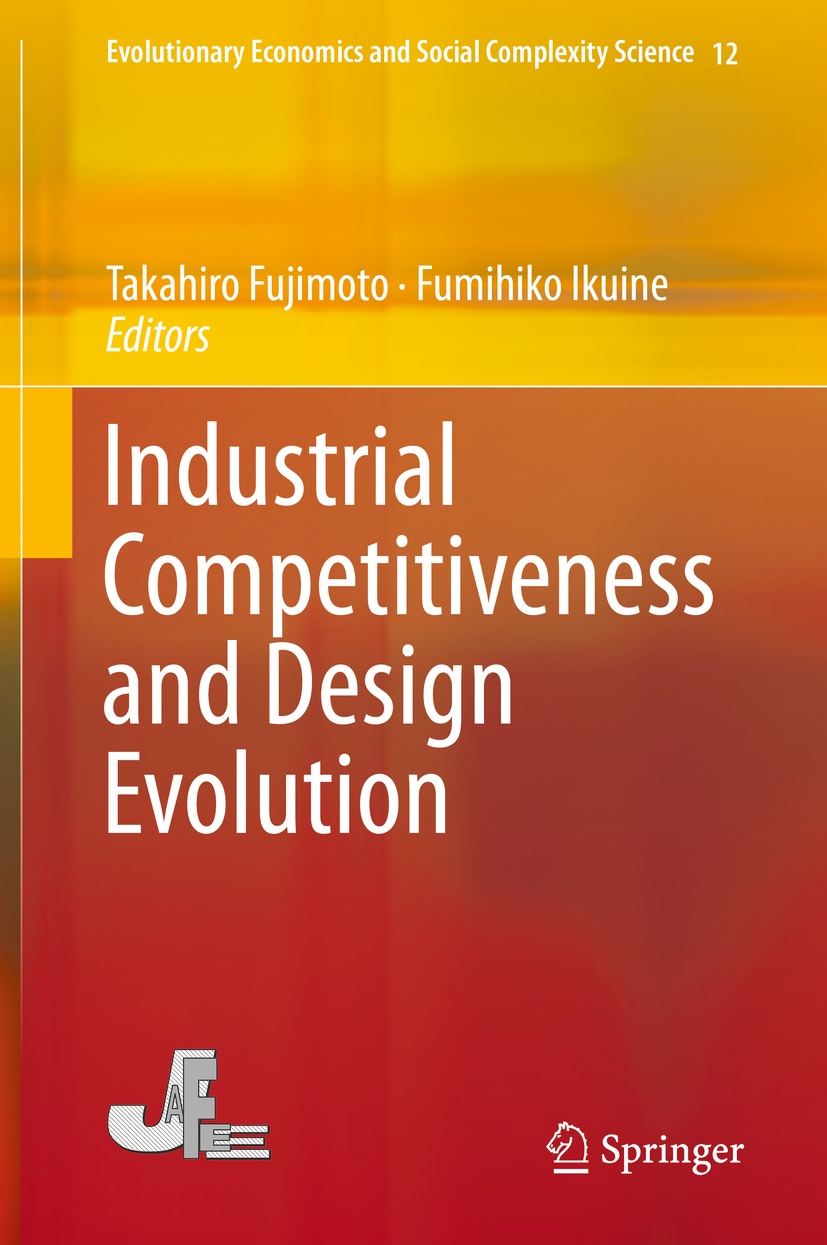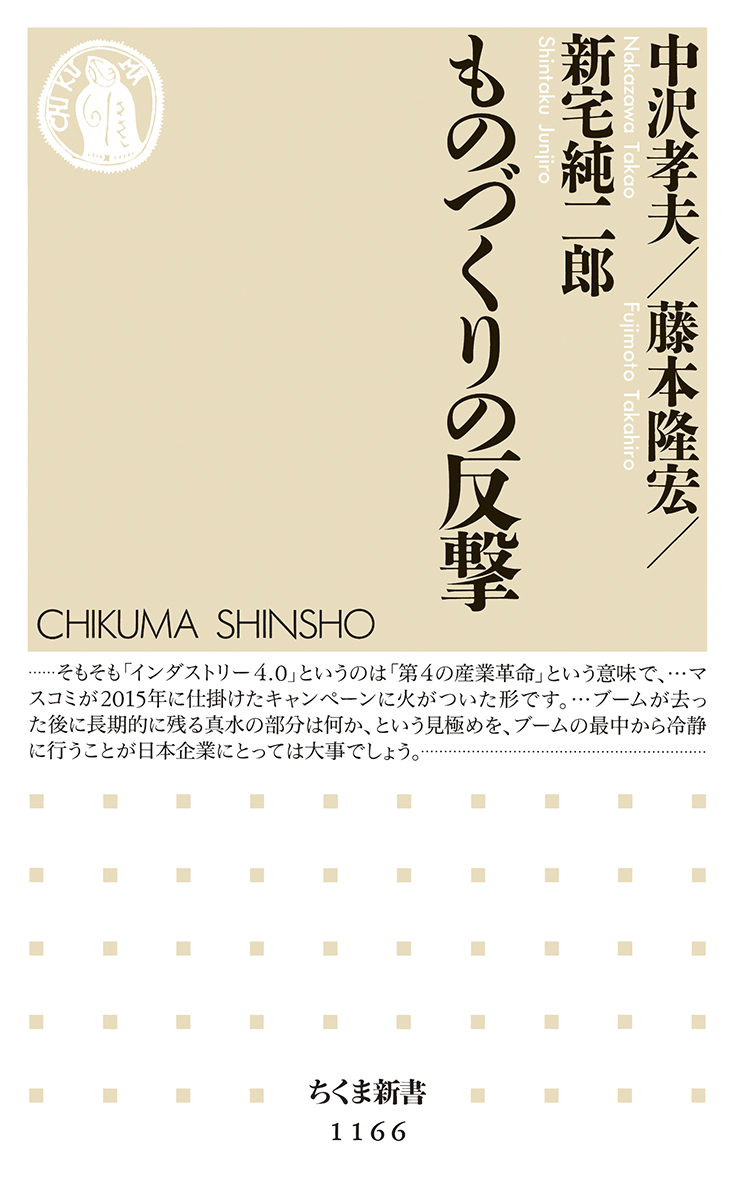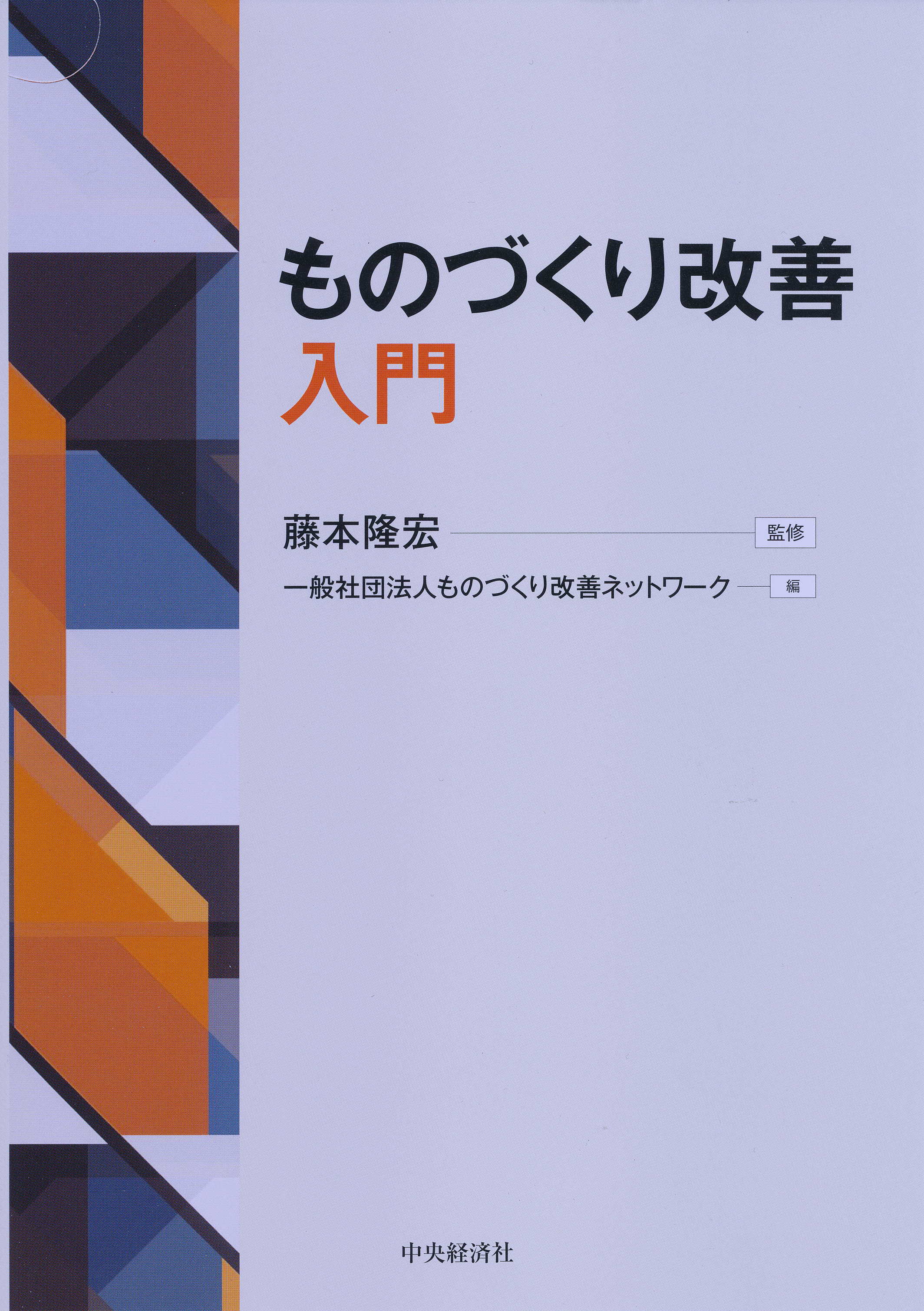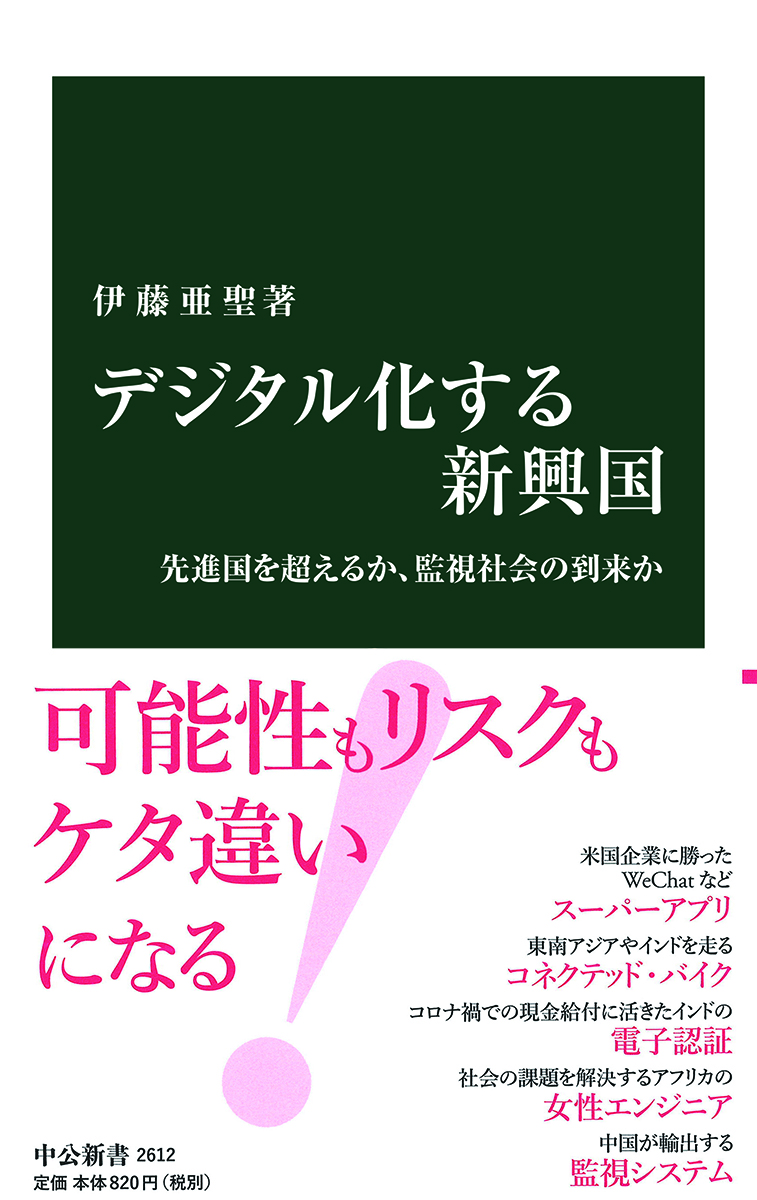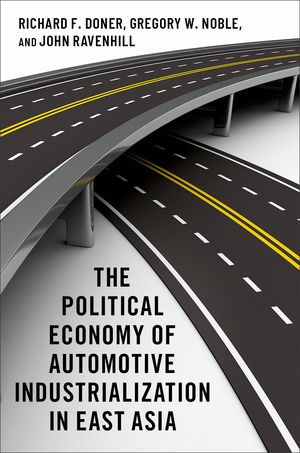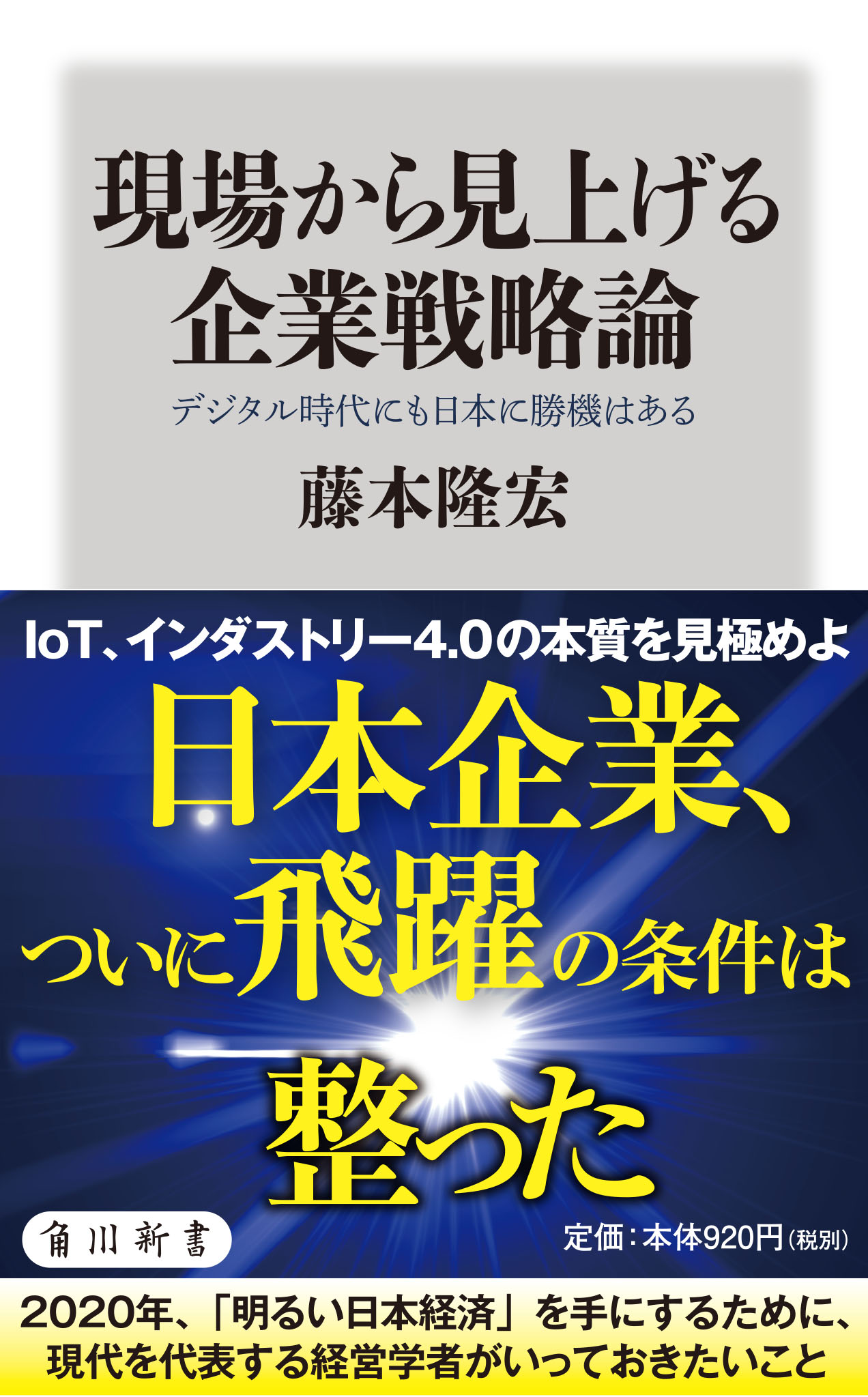
Title
Genba kara miageru Kigyo-Senryaku-Ron (Corporate Strategy Theory as Seen from Ground Level - Japan has a chance to win even in the digital age)
Size
320 pages, paperback pocket edition
Language
Japanese
Released
July 10, 2017
ISBN
9784040821528
Published by
KADOKAWA (KADOKAWA Shinsho)
Book Info
See Book Availability at Library
Japanese Page
This book is not a scholarly work; it is for the general public. At the time, I was busy with other publishing projects, so for the first time I tried starting with a great editor at the publishing company to reconfigure my unreleased manuscripts into an outline, which I then finished. I then went to Boston (I graduated from Harvard) to conduct research for half a year, but since the deadline for this work came during that time, for about 10 days from morning to night I wrote most of the manuscript in my Cambridge apartment based on the outline. This is my new speed record for writing.
This book uses a framework of evolutionary economics and technology and production management theory examining the dynamic adaptations of organizational capabilities and architecture theory to analyze and envision the future prospects of how digitization impacts the Japanese industry. In terms of economics, this is compatible with the classical views of Ricardo.
First, I presented the widely-held theory of manufacturing as “crafting a process of design information that adds value,” and then I defined manufacturing locations as “locations for the added value process.” Then, I pointed out that companies that emphasize these locations and are good for the purchaser, buyer, and society are common in Japan and contribute to regional employment stability.
Having said this, from this workplace perspective I then defined postwar Japanese industrial history as follows: (1) 1950s and 1960s (early Cold War) = high growth, no immigration period; (2) 1970s–1980s (late Cold War) = the Cold War global competition period; and (3) 1990s–2000s (post-Cold War) = the period of global competition including developing countries. During the latter period, Japanese domestic manufacturing locations survived by overcoming some grave shortcomings and building capacity, but serious digitization beginning in the 2010s has posed new challenges to Japanese companies, industries, and locations.
In terms of global competition, if there is a domestic location with high productivity but disadvantageous unit costs compared to locations in developing countries, closing the latter based on a short-term perspective would not be an optimal long-term global corporate strategy. Rather, the right move would be to strengthen the overall competitiveness of global locations by actually retaining the domestic location as a “mother factory” to support locations in developing countries (which are experiencing rising wages) by transferring capacity.
With respect to digitization in the present decade, I analyzed architecture strategy using a three-layered structural theory: sky (a weightless open architecture cyber layer); low level (an intermediate cyber digital layer); and ground level (a closed architecture digital layer that has weight). In the sky, the leading US platform companies (the dinosaurs) control the airspace, while at the low level certain German companies are dominant. There are many Japanese companies, but they are stuck at ground level. Nevertheless, they have a chance at victory. The first thing to do is to adopt an internally closed, externally open “mammalian” architecture strategy that involves building a competitiveness that cannot be imitated or defeated at the ground level and then at least building one’s own interface standards to actively connect with the “dinosaur” in the sky. In other words, the way out is to balance capacity building in locations with main office architecture strategy. In this sense, this book applies industrial evolution theory to global competition in the digital age.
(Written by FUJIMOTO Takahiro, Professor, Graduate School of Economics / 2019)



 Find a book
Find a book


